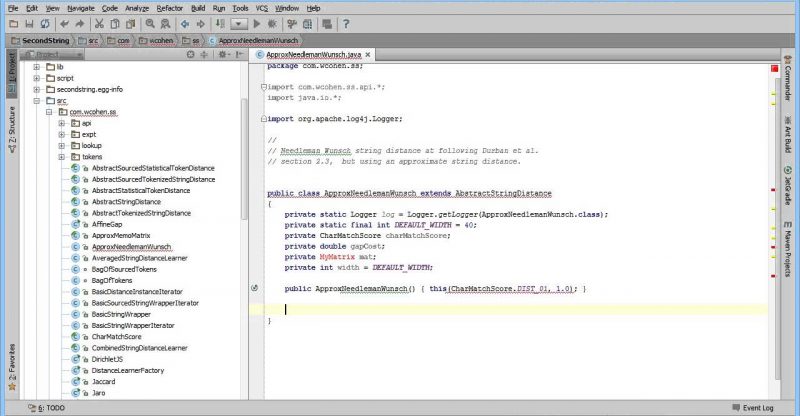Coding by Voice Demo
The program uses python-based Dragonfly (code.google.com/p/dragonfly) to create speech recognition structures against which spoken text is matched and processed, and through which it has been possible to minimise verbosity in dictating code while while allowing speech fluency and arbitrary pauses in speech. A command language comprised of a collection of constructed short words is used, like “pef” for parentheses, which apart from improving dictation speed, removes any confusion between words intended as commands and those intended otherwise (e.g. whether “for” is text, the first word of a symbol, or a for statement). Command vocabulary size is conveniently relatively small; the program isn’t a large library of macros.
An important feature of the program is approximate matching of spoken symbols, symbols occurring commonly throughout code and whose dictation efficiency then is important. As well as the conventional construction of symbols fragment by fragment, which can be laborious, the program allows matching a symbol spoken naturally approximately against existing symbols to find the actual symbol (e.g. “R and RWS” matches to argRWs, “G eight to estate map” matches to g8Tos8Map).
While usefulness of the program is promising, development is at a preliminary stage. Further road testing is required to evaluate its robustness in practice on different code sets, as well as integration with an IDE for on-the-fly symbol table extraction for approximate symbol matching.
source






